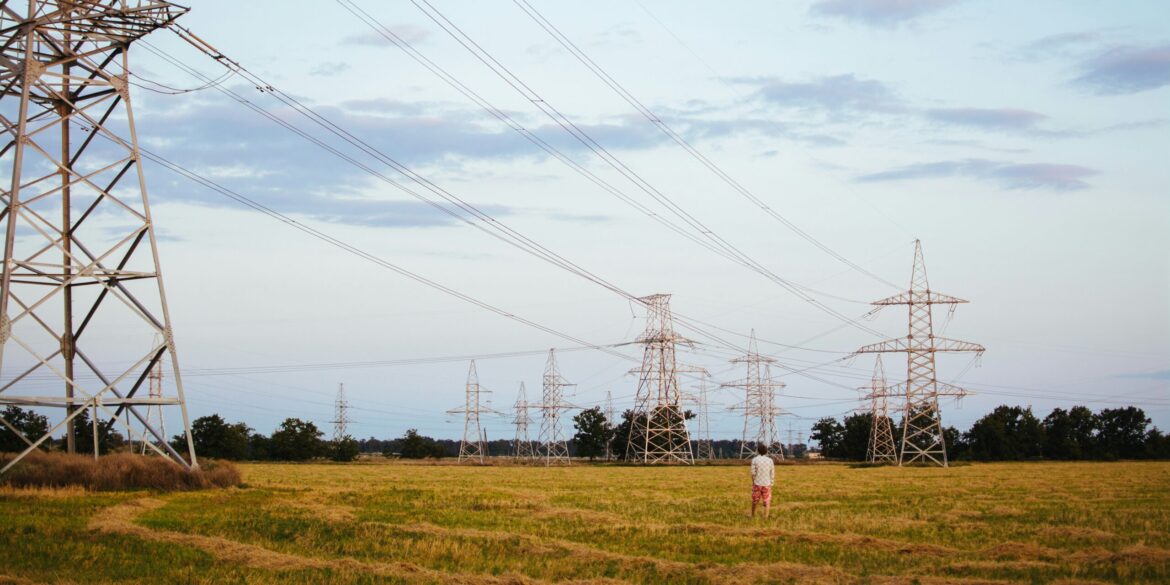The United States is experiencing a historic surge in electricity generation, with total utility-supplied power reaching 2,188 terawatt-hours (TWh) in the first half of 2025—a 4 % increase year‑over‑year. Crucially, clean energy sources like solar and wind now account for 45.2 % of that total, while fossil fuels—chiefly natural gas and coal—make up the remaining 54.8 %. This shift marks a defining moment in America’s journey toward a cleaner, more affordable, and stable energy future.
The rapid ramp-up in renewable generation stems from ongoing investments in solar and wind, backed by federal incentives and falling technology costs. In the first half of 2025, solar output skyrocketed by 32 %, pushing clean energy to nearly half of total power production. Users are reaping the benefits: in regions where renewables have expanded, such as California and Nevada, electricity prices have actually fallen, while states lagging in the green transition face steeper price increases.
Levelized cost data show utility‑scale solar often delivers power under 6 cents per kilowatt-hour, with onshore wind not far behind—significantly below operational costs of natural gas and coal. This cost advantage is passed directly to consumers through lower wholesale prices and greater market competition.
U.S. electricity demand, stagnant for years, is now climbing—boosted by AI data centers, industrial electrification, heat pumps, and electric vehicles. From 2021 to 2023, commercial and industrial demand grew at average rates of 1.3 – 2.6 % annually. The EIA expects total power consumption to hit record highs in 2025 and 2026, reaching approximately 4,179 TWh and 4,239 TWh, respectively.
Renewables are more than keeping pace: utility‑scale solar additions alone rose from roughly 27 GW in 2023 to nearly 40 GW in 2024, with another ~26 GW expected in 2025. Meanwhile, wind and solar cumulatively added 298 billion kWh since 2019—outstripping overall demand growth.
Despite record clean energy output, fossil-fuel backup remains essential to maintaining grid stability. A wave of new natural gas–fired plants—more than 100 GW planned by 2030—is underway to meet rising demand and balance renewables during low-sun or low-wind periods. Planned gas generation, while controversial, is seen as a pragmatic bridge toward a low-carbon grid.
Read Also: https://republicandigest.com/stable-markets-amid-policy-uncertainty-markets-hit-record-highs/
However, this infrastructure comes at a cost: gas plant construction expenses have surged from approximately $1,000 to $2,500 per kW, and delivery timelines have stretched to five years due to supply-chain constraints. Still, utilities argue this investment is crucial for reliability until cost-effective long-duration storage becomes widely available.
The clean energy boom is under threat from shifting federal policies. Recent legislative changes have accelerated the phase-out of key renewable tax credits, imperiling as much as $263 billion in projects and jeopardizing investments in solar, wind, and storage. These moves could reduce planned renewable capacity by 17–20 % and translate into higher energy costs for households.
Supporters of the rollback argue that renewables place undue stress on grid stability and contribute to rising power-sector costs. Critics counter that these claims are misleading, noting that renewables have actually helped stabilize prices in states with aggressive transitions.
For consumers, this juncture represents both opportunity and challenge. Cleaner energy brings long-term environmental and health benefits. Lower costs in many regions signal that market competition from renewables is working. Grid reliability depends on a balanced energy policy that supports both renewables and necessary backup capacity. Legislative policy will play a decisive role in shaping whether the momentum continues or stalls.
In essence, the current surge in U.S. electricity output—driven by wind, solar, and pragmatic gas backup—is a model of forward-looking progress. It delivers cleaner, more affordable power to homes and businesses while ensuring grid stability. Policymakers now face a pivotal task: to sustain this momentum by adapting incentives and infrastructure investment to support a flexible, resilient, and consumer-friendly energy future.

